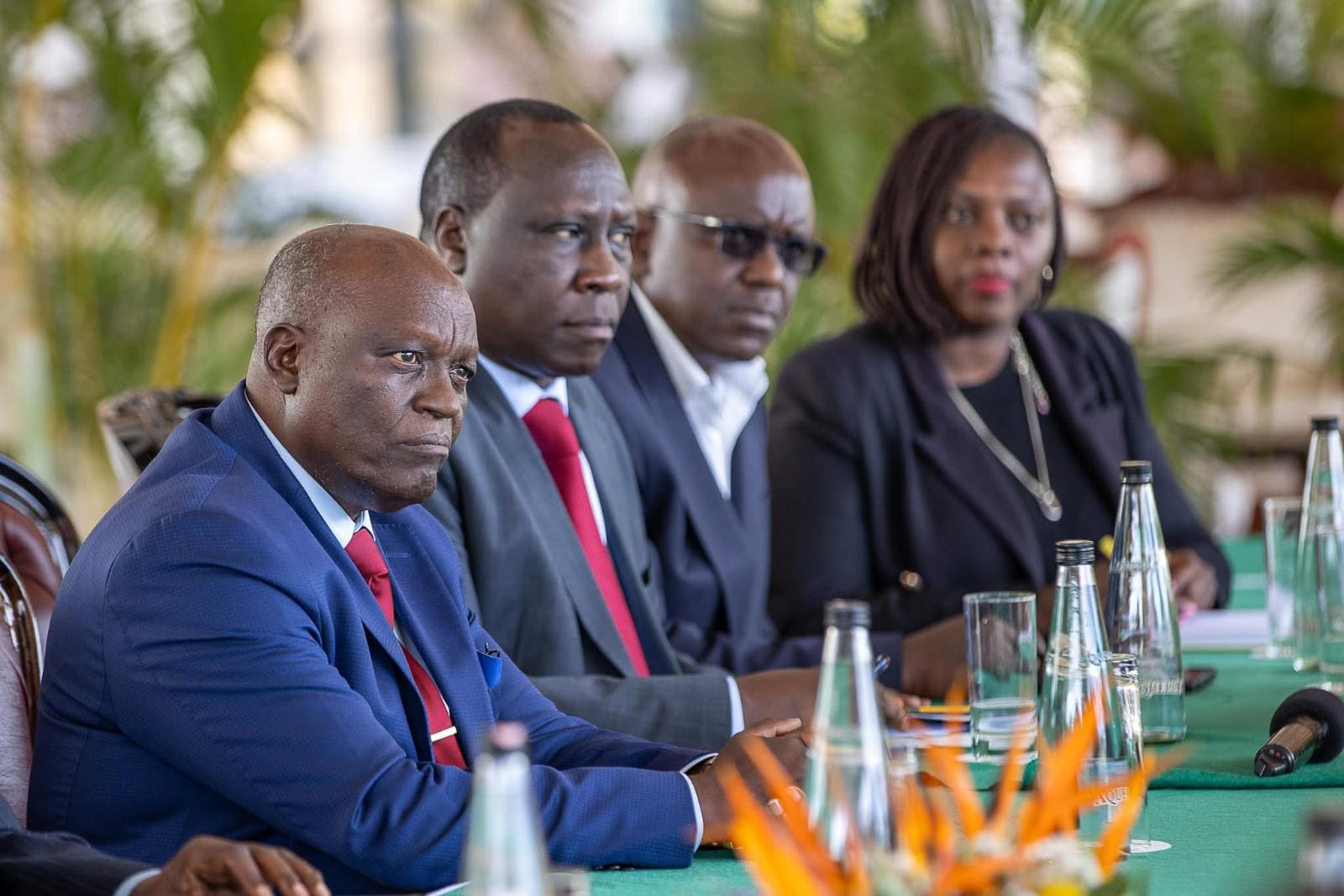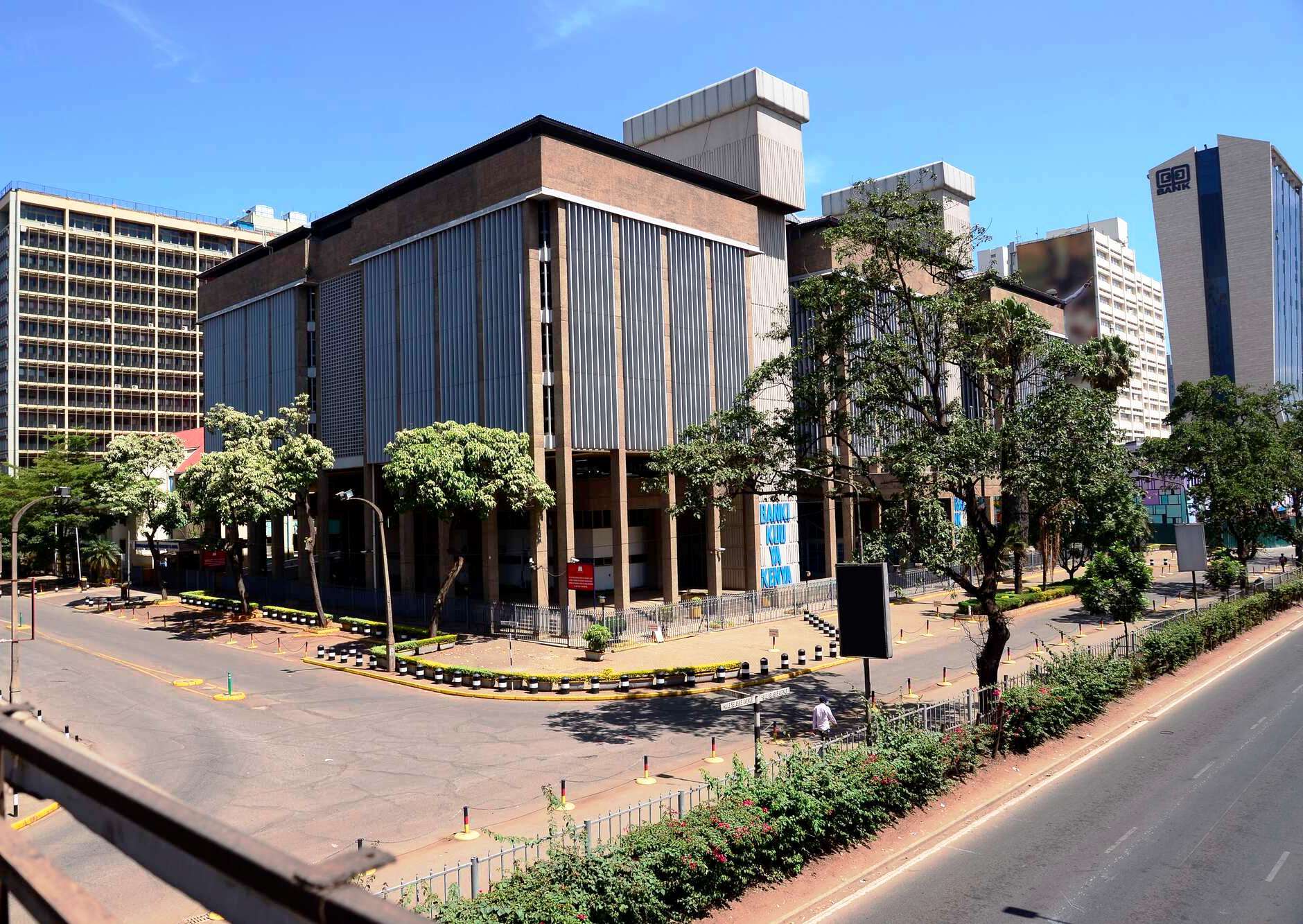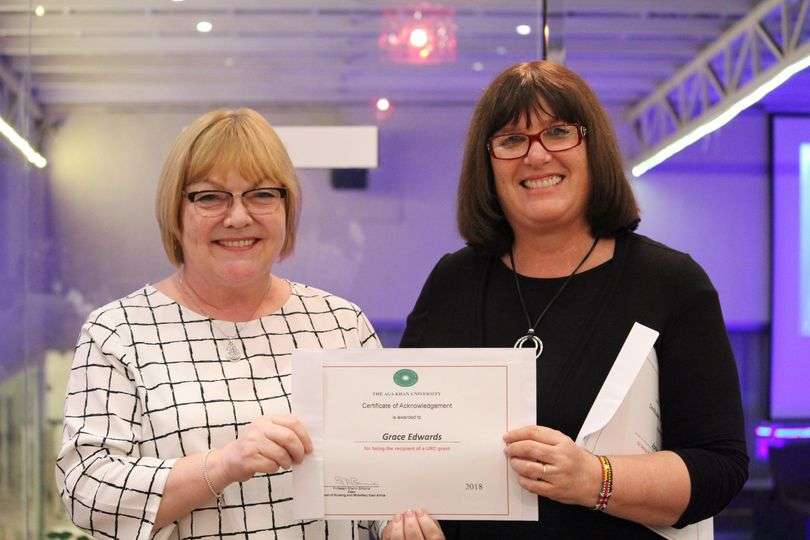Lawmakers from the West Rift tea zone have blamed the Kenya Tea Development Agency (KTDA) for declining bonuses, citing mismanagement and regional bias. However, an investigation by The Weekly Vision reveals that the real causes run much deeper, rooted in inefficient factory operations and environmental degradation that have steadily eroded the region’s tea quality and earnings
To unlock the full article:
Choose one of the options below:
- Ksh 10 – This article only
- Ksh 300 – Monthly subscription
- Ksh 2340 – Yearly subscription (10% off)
By The Weekly Vision Investigations Desk
Lawmakers from the West Rift tea zone, spanning Bomet, Nyamira, and Kisii counties, have recently intensified their criticism of the Kenya Tea Development Agency (KTDA), blaming its management for declining tea bonuses. At a press conference in Parliament last week, the MPs decried stark disparities in bonus payments, noting that farmers in Kisii, Nyamira, and Bomet earn as little as KSh12 per kilogramme, while those in the Mt Kenya region receive about KSh50.
They accused KTDA of inefficiency, inflated costs (such as firewood and staffing), exploitation, and mismanagement, claiming that West Rift factories are disadvantaged at the Mombasa Tea Auction.
The legislators demanded a parliamentary inquiry, governance reforms within KTDA, and improved regional representation.
However, investigations by The Weekly Vision reveal that attributing the West Rift’s tea challenges solely to KTDA oversimplifies the issue. A broader web of entrenched structural, environmental, and economic factors lies at the heart of the region’s tea quality struggles.
Under the Tea Act, 2020, for example, the Tea Board of Kenya (TBK) requires a minimum 2,500-hectare catchment area for tea factories to ensure economic viability, quality control, consistent green-leaf supply, and optimal machinery use. In regions such as Bomet and Kisii, however, numerous factories are located close to each other, competing for limited green leaf. This has led to leaf poaching and financial strain.
Some politicians, themselves owners of tea farms, estates, or stakes in tea companies, have leveraged their influence to obtain TBK licences for factories below the minimum threshold. While non-compliance risks licence suspension, political interference has allowed such factories to persist, undermining fair competition.
Tea from the West Rift is often perceived as inferior to that from Nandi, Murang’a, or Kiambu. Industry data indicate that this perception arises from agronomic, operational, and socio-economic factors largely beyond KTDA’s control.
Soil degradation is one of the region’s key problems. Decades of intensive monocropping and limited crop rotation have depleted essential nutrients such as nitrogen and potassium. Tests by the Tea Research Foundation of Kenya (TRFK) show lower organic matter content in these soils compared to those in Murang’a or Nandi, reducing polyphenol levels, compounds critical for tea flavour and colour. “The tea bush is only as good as the soil it grows in,” noted a Kericho-based agronomist. “Without proper replenishment, leaves lose brightness and briskness, directly affecting auction prices.”
While the high altitudes of Kericho and Nyamira (1,800–2,200 metres above sea level) should favour quality production, inconsistent rainfall, often exceeding 2,000 mm annually, causes waterlogging, weakening root systems, and diluting flavour compounds. In contrast, Nandi’s evenly distributed rainfall and volcanic soils produce stronger, brisker teas.
Deforestation in Kisii and Nyamira, driven by smallholder farmers cutting trees for firewood to fuel ageing factory dryers, has worsened soil erosion, reducing root health and crop resilience. Factories such as Kiamokama and Gianchore struggle to maintain consistent leaf quality under these environmental pressures.
Smallholder farmers, dominant in these regions, often over-pluck to maximise short-term income, harvesting mature, coarse leaves rather than the recommended “two leaves and a bud.” This compromises the chemical balance that gives tea its aroma and strength. By contrast, large estates in Central Kenya enforce strict plucking intervals and employ trained supervisors, ensuring premium-grade output.
Many farms in the South Rift and Gusii regions still rely on older, low-yielding tea clones such as TN14/3, which produce duller, weaker-flavoured teas. Modern clones like TRFK 306, widely adopted in Murang’a and Kiambu, yield teas with superior aroma and higher catechin content. High fertiliser costs, averaging KSh2,000 per 50kg bag, deter proper nutrient management. Without adequate nitrogen, bushes produce pale, fibrous leaves with diminished liquor quality.
Red spider mites and scale insects further reduce yields, yet only 30% of Kisii farmers use recommended pesticides, according to TBK’s 2023 report. Economic hardship forces many to prioritise quantity over quality, a problem compounded by delayed payments and late delivery of inputs due to inefficient cooperative management.
Several factories in Bomet and Nyamira operate below capacity due to small catchment areas. Boito and Gianchore, for example, each draw from less than 2,500 hectares, leading to inconsistent fermentation and drying cycles. Older facilities, such as Ogembo (commissioned in 1984), rely on outdated CTC (Crush, Tear, Curl) machines that affect particle uniformity and produce lower-value PF1 grades rather than premium BP1 grades.
Firewood-based heating systems cause uneven drying temperatures, altering flavour consistency. In contrast, factories in Murang’a and Thika use modern electric and solar-assisted systems that ensure uniform drying and lower emissions. Poor feeder roads in rural Kisii and Bomet delay green leaf deliveries, often exceeding the ideal eight-hour post-plucking window. This accelerates oxidation, degrading colour and flavour. Better infrastructure in Murang’a and Nandi helps preserve freshness and improve auction grades.
At the Mombasa Auction, teas from Kisii, Nyamira, and Bomet are frequently blended with stronger Central Kenya teas to standardise export quality, masking their distinct characteristics and reinforcing perceptions of inferiority. Auction records from 2024 show that teas from Nandi and Murang’a fetched between $3 and $4 per kilogramme, compared to $2–$2.50 for Bomet and Kisii teas.
A senior KTDA insider told The Weekly Vision that some factories in Bomet and Nyamira also suffer from weak internal governance, including “ghost leaf deliveries” and inflated wage bills that reduce profit margins. Factories such as Nyankoba and Rianyamwamu produce mainly mass-market CTC teas for bulk buyers, while factories in Kirinyaga and Kiambu have diversified into premium orthodox and green teas, fetching 30–40% higher prices.
The Way Forward
The challenges in the Rift Valley and Gusii regions arise from deep-rooted structural and environmental factors, not simply from KTDA actions. Sustainable improvement requires addressing these underlying barriers through technical, not just managerial, interventions.
- Adopt modern, high-yield tea clones and improve soil health through composting and liming.
Upgrade factory infrastructure and transition to sustainable energy solutions such as solar or biomass dryers. - Expand farmer training on quality-focused agronomic practices under TBK and KTDA guidance.
Enhance rural infrastructure to reduce leaf transport time and post-harvest losses. - Promote value addition and diversification into specialty teas to strengthen market resilience.
Blaming KTDA alone oversimplifies a complex, multi-dimensional problem. Only through collaborative, evidence-based interventions can the West Rift tea zone regain its competitive edge at the Mombasa Auction and beyond.
[/full]




